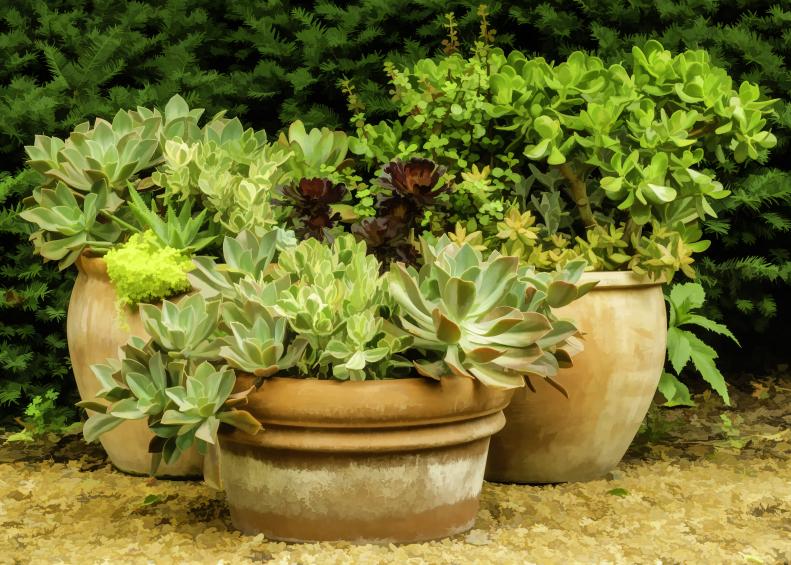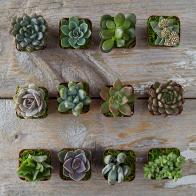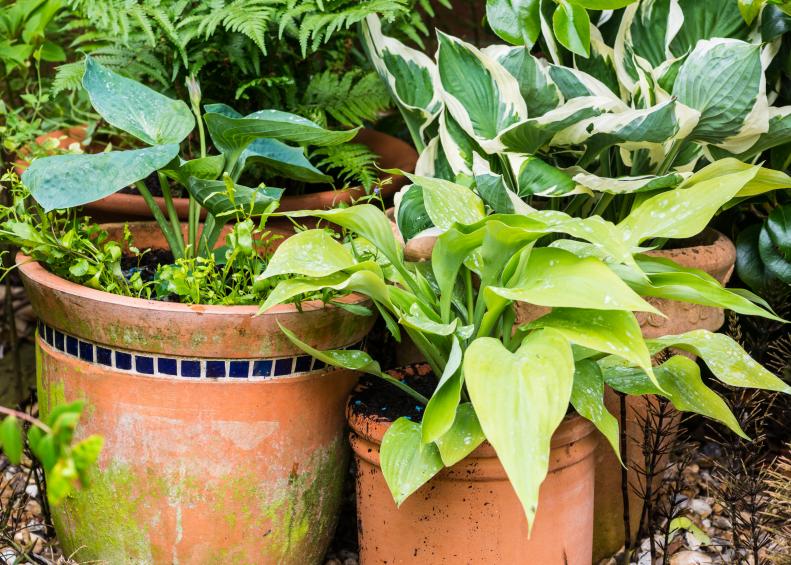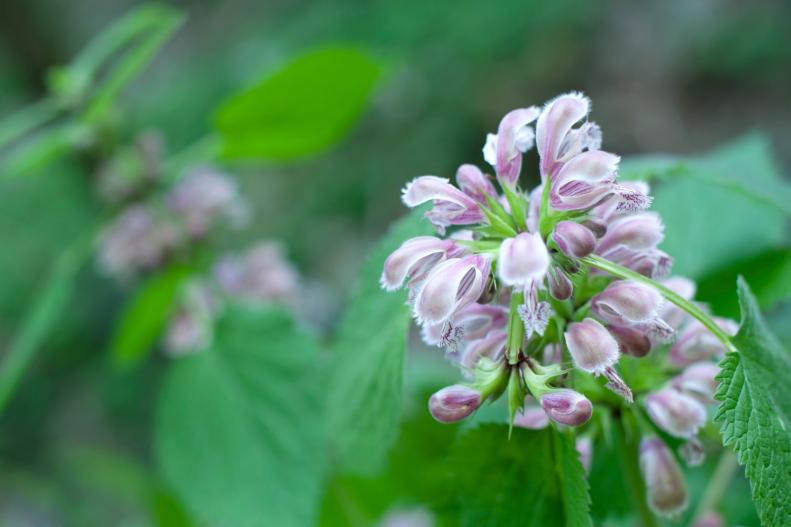Succulents
You may think all succulents love the sun, but the truth is there are several that do better in light shade, especially during the summer months. They can tolerate some morning sun, but the scorching afternoon sun may fry them to a crisp. How do you know if your succulents need more sun? If they start to get leggy and weak and refuse to flower, then move them to a spot with more sun. Succulents that like shade include: fairy crassula, sedum, aloe vera, jade, devil’s backbone, many different kinds of Sansevieria (snake plant) and kalanchoe. Good vine-like or cascading succulents for shade include wax plant, burrow tail, mistletoe cactus, string of pearls, string of hearts and rosary vine, Christmas cactus, Easter cactus and night blooming cereus.










